Pest Management Techniques for Forest Ecosystems
- August 21, 2024
- 0 comment
Forests are complex ecosystems that provide a myriad of ecological, economic, and social benefits. They are home to countless species of plants and animals, regulate climate, store carbon, and provide resources such as timber, medicine, and recreation opportunities. However, forests are also susceptible to pest infestations that can threaten their health and sustainability.
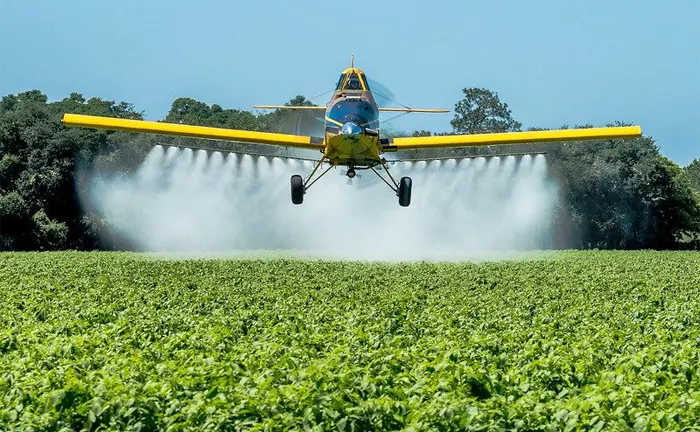
Effective pest management in forest ecosystems is crucial to maintaining the balance and resilience of these vital areas. Therefore, we will explore various techniques for managing pests in forest ecosystems, focusing on sustainable and integrated approaches that minimize harm to the environment while effectively controlling pest populations.
List of Pest Management Techniques for Forest Ecosystems:
- Integrated Pest Management (IPM) in Forests
- Early Detection and Monitoring
- Silvicultural Practices for Pest Management
- Climate Change and Forest Pest Management
- Community Involvement in Pest Management
Understanding Forest Pests
Forest pests can include insects, diseases, and invasive plants that damage trees and disrupt ecosystem functions. Common insect pests include bark beetles, defoliators like gypsy moths, and sap-sucking insects such as aphids. Fungal pathogens like Armillaria and Phytophthora can cause diseases that weaken or kill trees. Additionally, invasive plant species can outcompete native vegetation, altering habitat structure and nutrient cycling.
The impact of these pests can be significant, leading to tree mortality, reduced biodiversity, and compromised forest productivity. Therefore, it is essential to employ effective techniques for managing pests in forest ecosystems to preserve their ecological integrity.
1. Integrated Pest Management (IPM) in Forests
Integrated Pest Management (IPM) is a holistic approach that combines multiple strategies to control pests while minimizing environmental impact. IPM involves monitoring pest populations, identifying thresholds for action, and implementing a combination of biological, cultural, mechanical, and chemical control methods.

- Biological Control: Biological control involves using natural predators, parasites, or pathogens to manage pest populations. In forest ecosystems, this can include introducing or enhancing populations of beneficial insects that prey on pest species. For example, lady beetles can help control aphid populations, while parasitic wasps can target caterpillars of defoliating insects. Biological control is often a sustainable and long-term solution, as it works with the ecosystem’s natural processes.
- Cultural Control: Cultural control methods involve modifying forest management practices to reduce pest susceptibility. This can include practices such as thinning dense stands to improve air circulation and sunlight penetration, reducing the conditions that favor pest outbreaks. Selecting pest-resistant tree species or genetic strains can also be an effective cultural control strategy. Additionally, maintaining healthy forests through proper silviculture can increase resilience to pest attacks.
- Mechanical Control: Mechanical control involves physical methods to manage pests, such as trapping, hand-picking, or removing infested trees. This can be particularly useful for localized infestations. For instance, pheromone traps can be used to capture bark beetles, while mechanical removal of invasive plants can prevent their spread. While labor-intensive, mechanical control can be highly effective when combined with other techniques.
- Chemical Control: Chemical control involves the use of pesticides to manage pest populations. In forest ecosystems, this approach is typically used as a last resort due to potential environmental impacts. When necessary, targeted application of pesticides can help control pest outbreaks, particularly in areas with high-value resources or significant ecological concerns. However, careful consideration of pesticide selection, application timing, and non-target effects is essential to minimize harm to the environment and human health.
2. Early Detection and Monitoring
Effective pest management in forests relies on early detection and continuous monitoring. Regular surveys and monitoring programs can help identify pest populations before they reach damaging levels.

Remote sensing technologies, such as satellite imagery and drones, are increasingly being used to detect changes in forest health and identify potential pest outbreaks.
Additionally, pheromone traps and other monitoring tools can provide valuable data on pest population dynamics, helping forest managers make informed decisions.
3. Silvicultural Practices for Pest Management
Silvicultural practices play a vital role in managing pests in forest ecosystems. By promoting forest health and resilience, silviculture can reduce the risk of pest outbreaks and mitigate their impacts. Some key silvicultural practices for pest management include:

- Thinning and Pruning: Reducing tree density through thinning can improve air circulation and sunlight penetration, creating less favorable conditions for pests and diseases. Pruning can remove infected or infested branches, preventing the spread of pests.
- Mixed Species Plantations: Planting a diversity of tree species can reduce the risk of pest outbreaks by limiting the availability of host trees for specialized pests. Mixed species plantations can also enhance ecosystem resilience by promoting biodiversity and habitat complexity.
- Rotational Harvesting: Implementing a rotation schedule for harvesting can minimize the continuous availability of suitable host material for pests. This practice can disrupt pest life cycles and reduce the likelihood of infestations.
- Prescribed Burning: Controlled burning can help manage pests by reducing forest litter and creating unfavorable conditions for pest survival. Prescribed burns can also promote regeneration and maintain the ecological balance of fire-adapted ecosystems.
4. Climate Change and Forest Pest Management
Climate change is altering the dynamics of forest ecosystems, impacting pest populations and their interactions with trees. Rising temperatures and changing precipitation patterns can affect pest life cycles, distribution, and abundance. Additionally, stressed trees are more susceptible to pest attacks, making climate change a critical factor in forest pest management.
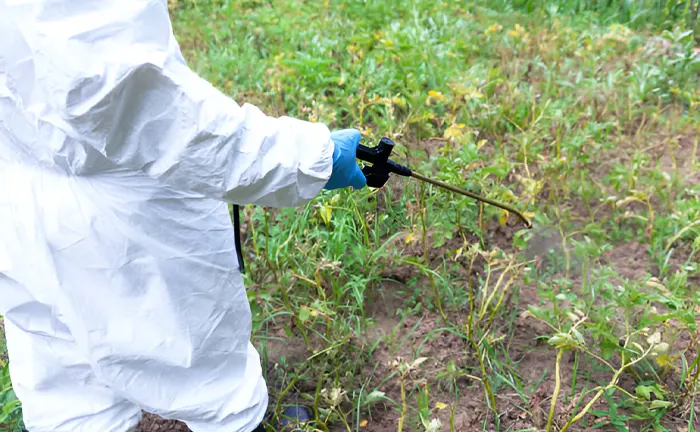
To address these challenges, forest managers need to integrate climate change considerations into pest management strategies. This includes monitoring climate-related changes in pest populations, identifying vulnerable areas, and implementing adaptive management practices. Developing resilient forests through diversity, genetic adaptation, and sustainable management practices can help mitigate the impacts of climate change on forest pests.
5. Community Involvement in Pest Management
Engaging local communities in pest management efforts can enhance the effectiveness and sustainability of pest control programs. Community involvement can include public education and outreach, citizen science initiatives, and collaborative decision-making processes. By fostering a sense of stewardship and ownership, communities can contribute to monitoring, reporting, and managing pest outbreaks in their local forests.
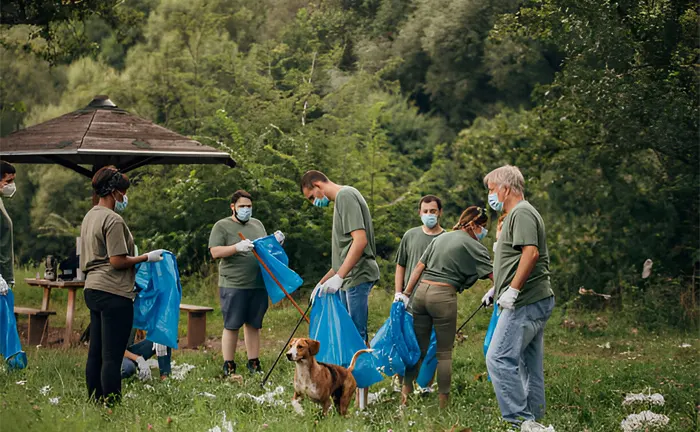
Public education programs can raise awareness about the importance of forest health and the role of pest management in maintaining ecosystem services. Citizen science projects can empower individuals to participate in monitoring efforts, collecting valuable data on pest populations and forest conditions. Collaborative approaches that involve stakeholders from various sectors can facilitate the development of integrated pest management plans that consider diverse perspectives and priorities.
Case Studies of Successful Pest Management
Several case studies demonstrate the effectiveness of integrated pest management techniques in forest ecosystems:
- Bark Beetle Management in North America: The mountain pine beetle outbreak in western North America has had devastating effects on pine forests. Integrated pest management strategies, including biological control, silvicultural practices, and monitoring, have been employed to mitigate the impacts. Thinning and prescribed burning have been used to reduce tree density and create less favorable conditions for beetles. Additionally, pheromone traps and biocontrol agents have been deployed to control beetle populations.
- Gypsy Moth Control in Europe: The gypsy moth is a significant defoliator in European forests. Integrated pest management approaches, such as biological control with parasitoids and pathogens, have been implemented to reduce gypsy moth populations. Monitoring programs and early detection systems have been crucial in preventing outbreaks and minimizing damage to forest ecosystems.
- Invasive Plant Management in Australia: Invasive plant species pose a threat to Australian forests, outcompeting native vegetation and altering ecosystem dynamics. Integrated pest management strategies, including mechanical removal, prescribed burning, and biological control, have been employed to manage invasive plants. Collaborative efforts involving government agencies, community groups, and researchers have been instrumental in achieving successful outcomes.
Technological Innovations in Pest Management
Advancements in technology are revolutionizing pest management in forest ecosystems. Remote sensing technologies, such as satellite imagery and drones, provide valuable data on forest health and pest populations. Geographic Information Systems (GIS) enable spatial analysis and mapping of pest distribution and impacts. Additionally, molecular techniques, such as DNA barcoding, can improve pest identification and detection, facilitating targeted management efforts.
Precision forestry, which combines remote sensing, GIS, and data analytics, allows for site-specific pest management. By integrating multiple data sources, forest managers can develop precise and efficient pest control strategies that optimize resource allocation and minimize environmental impact.
Balancing Pest Management and Biodiversity Conservation
Pest management in forest ecosystems must consider the broader context of biodiversity conservation. While controlling pest populations is essential, it is crucial to avoid unintended impacts on non-target species and ecosystem processes. Integrated pest management approaches prioritize environmentally friendly methods and seek to preserve ecological balance.
Conserving biodiversity can enhance ecosystem resilience to pests and diseases. Diverse ecosystems are more likely to contain natural enemies that control pest populations, reducing the need for chemical interventions. Additionally, biodiversity contributes to ecosystem services such as pollination, nutrient cycling, and carbon sequestration, supporting overall forest health and sustainability.
The Future of Forest Pest Management
As forest ecosystems face increasing pressures from climate change, invasive species, and land-use changes, effective pest management will become even more critical. The future of forest pest management lies in embracing innovative and adaptive approaches that prioritize sustainability and ecosystem resilience.
Collaboration and knowledge-sharing among researchers, forest managers, policymakers, and communities will be essential in developing and implementing effective pest management strategies. By integrating scientific research, technological advancements, and traditional ecological knowledge, we can ensure the health and vitality of forest ecosystems for generations to come.
Final Conclusion
Effective techniques for pest management in forest ecosystems are essential for preserving the health and resilience of these vital areas. Integrated pest management, combining biological, cultural, mechanical, and chemical methods, provides a holistic approach to pest control while minimizing environmental impact. Early detection, monitoring, and community involvement are critical components of successful pest management programs. By embracing technological innovations, considering climate change, and balancing biodiversity conservation, we can ensure the long-term sustainability of forest ecosystems. As we continue to face new challenges, collaboration, and adaptive management will be key to safeguarding the future of our forests.
Frequently Asked Questions (FAQs)
- What are the main challenges in managing pests in forest ecosystems?
The main challenges include the complexity of forest ecosystems, the diversity of pest species, and the potential environmental impacts of control methods. Climate change and invasive species also pose significant challenges. - How does climate change affect forest pest populations?
Climate change can alter pest life cycles, distribution, and abundance. Warmer temperatures and changing precipitation patterns can increase pest outbreaks and stress trees, making them more susceptible to pests. - What is the role of community involvement in forest pest management?
Community involvement can enhance the effectiveness of pest management efforts through public education, citizen science, and collaborative decision-making. Engaging local communities fosters stewardship and contributes to monitoring and managing pest outbreaks. - How do silvicultural practices help manage forest pests?
Silvicultural practices, such as thinning, pruning, and mixed species plantations, promote forest health and resilience, reducing the risk of pest outbreaks. These practices create less favorable conditions for pests and enhance ecosystem diversity. - What technological innovations are improving pest management in forests?
Technological innovations include remote sensing, GIS, precision forestry, and molecular techniques for pest identification. These technologies provide valuable data and enable site-specific pest management strategies. - How can biodiversity conservation be balanced with pest management in forests?
Integrated pest management approaches prioritize environmentally friendly methods that minimize harm to non-target species and ecosystems. Conserving biodiversity enhances ecosystem resilience and supports natural pest control processes.
We hope this guide helps you explore the effective techniques for managing pests in forest ecosystems, ensuring the health and resilience of forests in 2024 and beyond. Have you tried any of the methods we discussed, or have additional insights on pest management strategies? Share your experiences and join the conversation below. Your contributions could assist others in making informed decisions and inspire future discussions. Don’t forget to share this article with fellow forestry enthusiasts and professionals!

Edward Smith
Forestry AuthorWoodworking is about more than crafting; it's a harmonious connection with nature, mastering tools, and preserving our environment. I'm here to share my knowledge and experiences with you, forging a future where we can embrace wood's beauty and utility while safeguarding our forests' health and diversity.


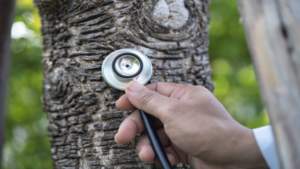
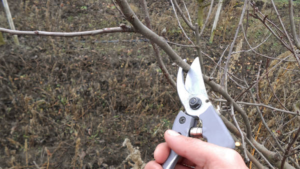

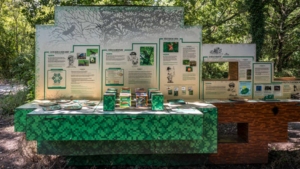
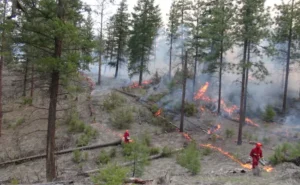
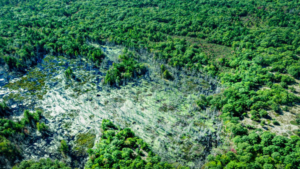
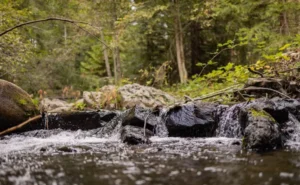

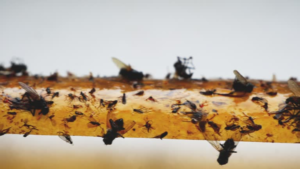
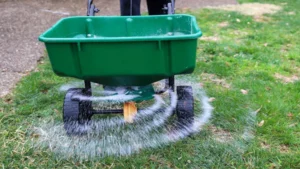
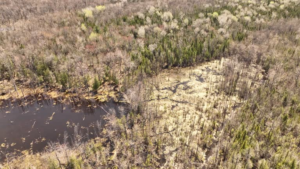
Leave your comment